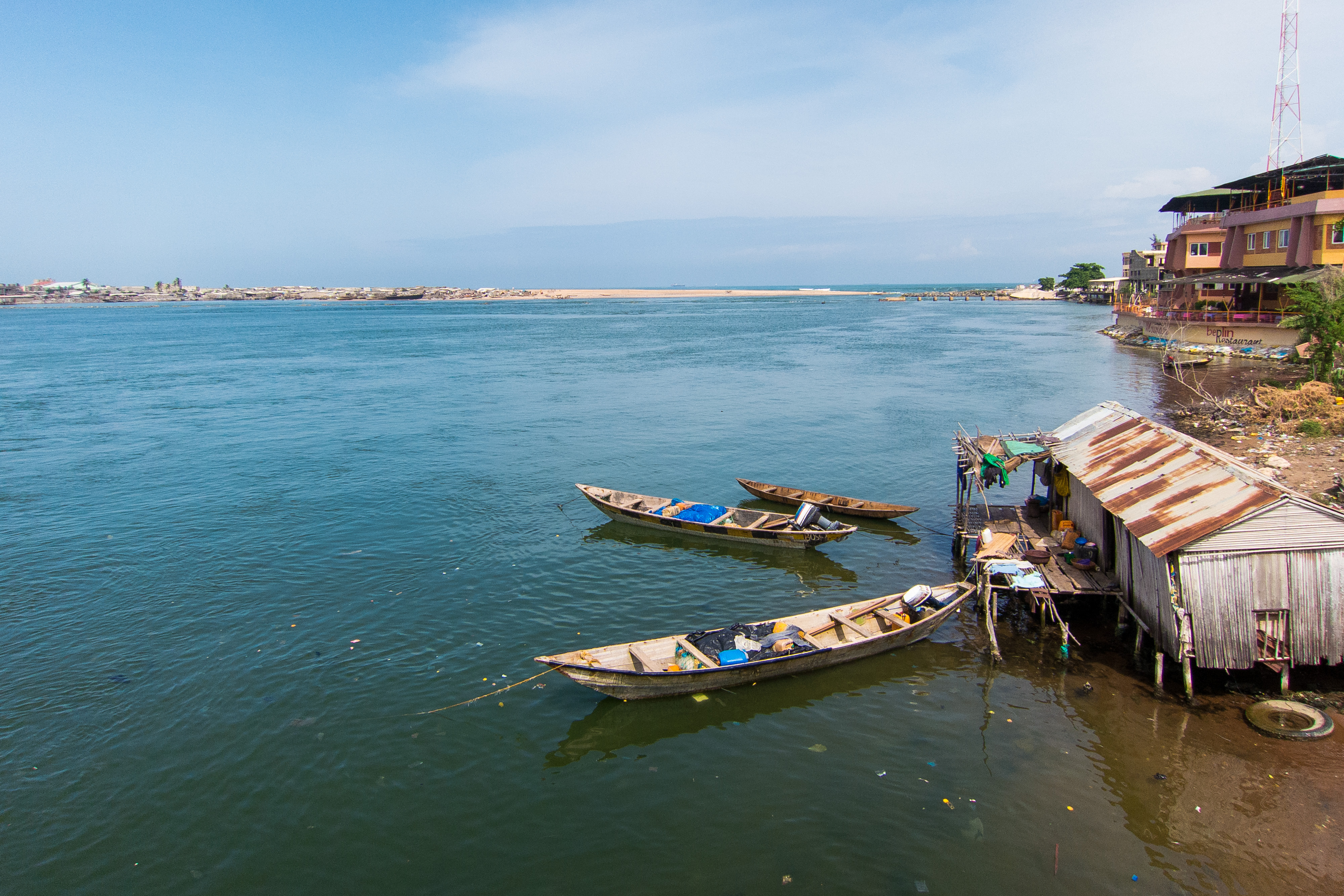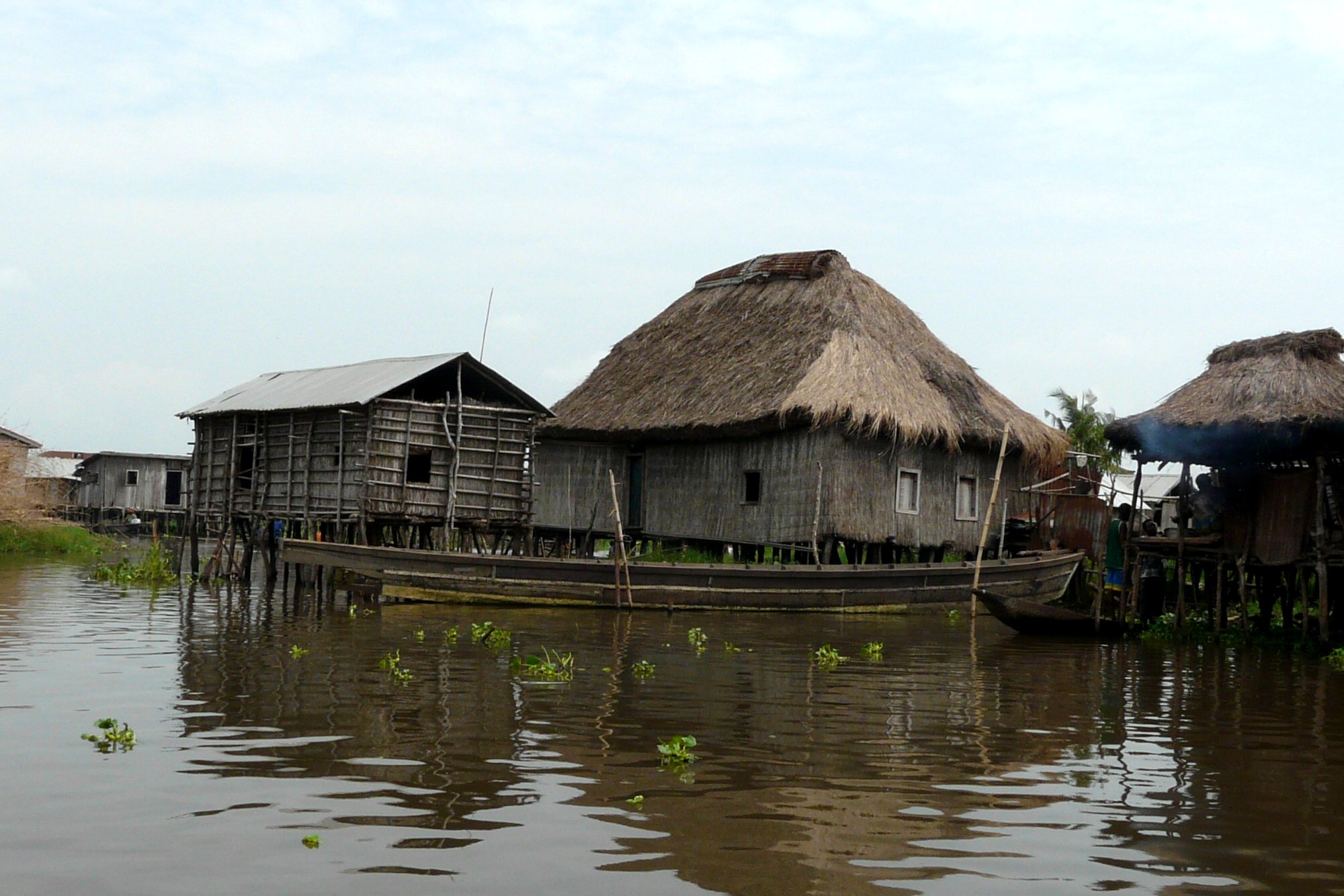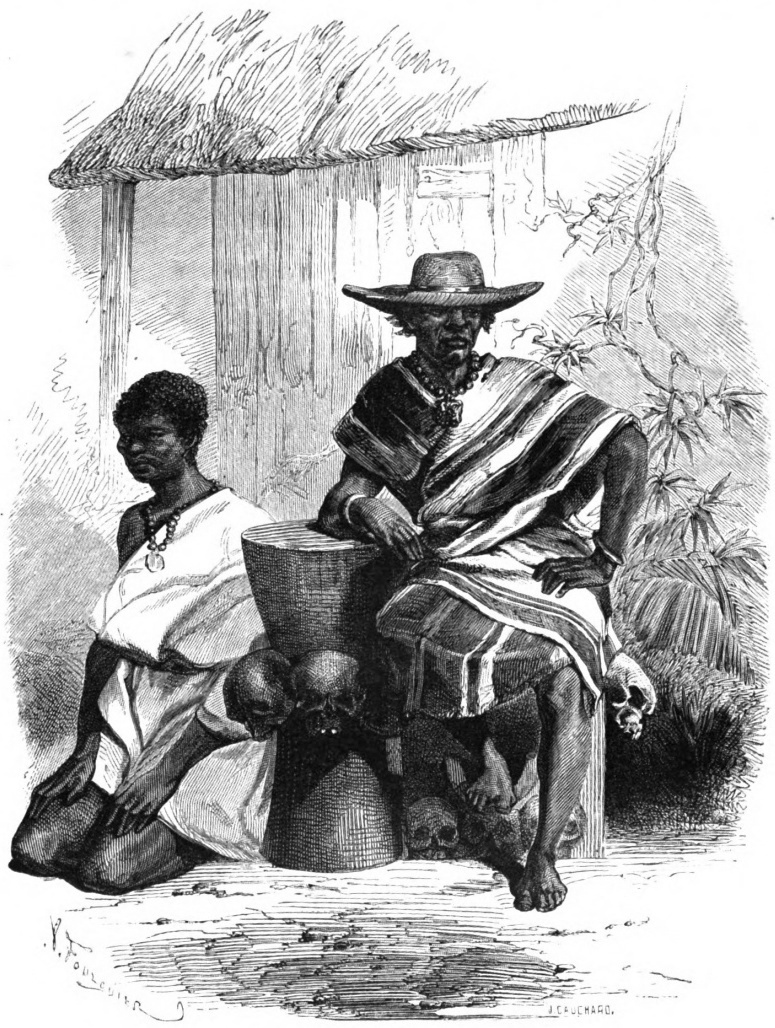|
Cotonou
Cotonou (; ) is the largest city in Benin. Its official population count was 679,012 inhabitants in 2012; however, over two million people live in the larger urban area. The urban area continues to expand, notably toward the west. The city lies in the southeast of the country, between the Atlantic Ocean and Lake Nokoué. Cotonou is the seat of government in Benin, although Porto-Novo is the official capital. History The name "Cotonou" means "by the river of death" in the Fon language.Butler, Stuart (2019) ''Bradt Travel Guide - Benin'', pgs. 74-91 At the beginning of the 19th century, Cotonou (then spelled "Kutonou") was a small fishing village, and is thought to have been formally founded by King Ghezo of Dahomey in 1830. It grew as a centre for the History of slavery, slave trade, and later palm oil and cotton. In 1851 the French Second Republic made a treaty with King Ghezo that allowed them to establish a trading post at Cotonou. During the reign of King Glele (1858–89), ... [...More Info...] [...Related Items...] OR: [Wikipedia] [Google] [Baidu] |
Benin
Benin, officially the Republic of Benin, is a country in West Africa. It was formerly known as Dahomey. It is bordered by Togo to the west, Nigeria to the east, Burkina Faso to the north-west, and Niger to the north-east. The majority of its population lives on the southern coastline of the Bight of Benin, part of the Gulf of Guinea in the northernmost tropical portion of the Atlantic Ocean. The capital is Porto-Novo, and the seat of government is in Cotonou, the most populous city and economic capital. Benin covers an area of , and its population in was estimated to be approximately million. It is a tropical country with an economy heavily dependent on agriculture and is an exporter of palm oil and cotton. From the 17th to the 19th century, political entities in the area included the Kingdom of Dahomey, the city-state of Porto-Novo#History, Porto Novo, and other states to the north. This region was referred to as the Slave Coast of West Africa from the early 17th century due ... [...More Info...] [...Related Items...] OR: [Wikipedia] [Google] [Baidu] |
Littoral Department
Littoral (, " Littoral") is one of the twelve departments of Benin. At , Littoral is the smallest department in the country. Its capital is Cotonou, Benin's largest city. The department was created in 1999 with the splitting up of territories of Atlantique Department. As per 2013 census, the total population of the department was 679,012 with 325,872 males and 353,140 females. The entire population was urban while the total labour force in the department numbered 253,892. The proportion of households with no level of attained formal education was 21.1%, by far the lowest of any department in the country. Geography Littoral Department borders Ouémé Department and Atlantique Department and is situated in a coastal area that has interconnected lakes and lagoons and elongated coastlines with wide marshes. Freshwater and seawater fishing is the major profession in the region. Petroleum was discovered in the 1960s in offshore areas, while titanium, low-quality iron ore, ilmenite ... [...More Info...] [...Related Items...] OR: [Wikipedia] [Google] [Baidu] |
Porto Novo
, , ; ; ; also known as Hogbonu and Ajashe) is the capital and second-largest city of Benin. The commune covers an area of and as of 2002 had a population of 223,552 people. In 1863, following British bombardment, Porto-Novo accepted French protection, and by 1900, it became the capital of French Dahomey. After Benin's independence in 1960, Porto-Novo retained its status as the official capital, while Cotonou emerged as the economic and administrative hub. Situated on an inlet of the Gulf of Guinea, in the southeastern portion of the country, the city was originally developed as a port for the transatlantic slave trade led by the Portuguese Empire. It is Benin's second-largest city, and although it is the official capital, where the national legislature sits, the larger city of Cotonou is the seat of government, where most of the government buildings are situated and government departments operate. Etymology The name ''Porto-Novo'' is of Portuguese origin, literally mea ... [...More Info...] [...Related Items...] OR: [Wikipedia] [Google] [Baidu] |
Porto-Novo
, , ; ; ; also known as Hogbonu and Ajashe) is the Capital (political), capital and List of cities in Benin, second-largest city of Benin. The commune covers an area of and as of 2002 had a population of 223,552 people. In 1863, following British bombardment, Porto-Novo accepted French protection, and by 1900, it became the capital of French Dahomey. After Benin's independence in 1960, Porto-Novo retained its status as the official capital, while Cotonou emerged as the economic and administrative hub. Situated on an inlet of the Gulf of Guinea, in the southeastern portion of the country, the city was originally developed as a port for the Transatlantic Slave Trade, transatlantic History of slavery, slave trade led by the Portuguese Empire. It is Benin's second-largest city, and although it is the official capital, where the national legislature sits, the larger city of Cotonou is the seat of government, where most of the government buildings are situated and government departm ... [...More Info...] [...Related Items...] OR: [Wikipedia] [Google] [Baidu] |
Ouémé River
The Ouémé River, also spelled Weme (Yoruba language: Odò Ofe, Gbe languages: Weme) is a river in Benin. It rises in the Atakora Mountains, and is about long. It flows past the towns of Carnotville and Ouémé to a large delta on the Gulf of Guinea near the seaport A port is a maritime facility comprising one or more wharves or loading areas, where ships load and discharge cargo and passengers. Although usually situated on a sea coast or estuary, ports can also be found far inland, such as Hamburg, Manc ... city of Cotonou. The largest tributaries are the Okpara River and the Alpouro River. Description Ouémé River is the largest river of the Benin Republic. It is located between 6° 30° and 10° north latitude and 0° 52 'and 3° 05' east longitude(Oba S. Alain 2018). It crosses several agro-ecological zones and feeds downstream, the lagoon system ‘'Lake Nokoué-lagoon of Porto-Novo'’ through a Delta zone. The lower Delta of Ouémé, is located between lati ... [...More Info...] [...Related Items...] OR: [Wikipedia] [Google] [Baidu] |
Béhanzin
Gbehanzin also known as Béhanzin ( – 10 December 1906) is considered the eleventh (if Adandozan is not counted) King of Dahomey, modern-day Republic of Benin. Upon taking the throne, he changed his name from Kondo. Following his father Glele's suicide, Béhanzin ascended the throne in January 1890 and ruled until 1894, when he was defeated by the French in the Second Franco-Dahomean War and exiled to Martinique. Béhanzin was Dahomey's last independent ruler established through traditional power structures. He led the resistance to French colonization of his kingdom, during the Dahomey Wars. Biography Béhanzin was seen by his people as intelligent and courageous. He saw that the Europeans were gradually encroaching on this section of the West African Coast, and as a result attempted a foreign policy of isolating the Europeans and rebuffing them. As prince just before the death of his father Glele, Béhanzin declined to meet French envoy Jean Bayol, claiming conflic ... [...More Info...] [...Related Items...] OR: [Wikipedia] [Google] [Baidu] |
Lake Nokoué
Lake Nokoué is a lake in the southern part of Benin. It is wide and long and covers an area of . The lake is partly fed by the Ouémé River and the Sô River, both of which deposit sediments from throughout the region in the lake. The city of Cotonou sits on the southern border of the lake. Sections of the population of Cotonou have been displaced by coastal and lake flooding. On the northern edge of the lake is the town of Ganvié. Economy Because of its diverse wildlife, the lake provides an important source of food and economic activity for these towns. Fishing is best when water is low between November and June. Fishing is typically of 30 species of fish, with fish from the Cichlid, Clupeidae and Penaeidae families making 85% of the catch. The fishery became more stressed during the 1990s, as more people began fishing on the lake. Fishing is typically artisanal, with small crew dugout canoes catching small batches of fish. The estimated fish production of the lake ... [...More Info...] [...Related Items...] OR: [Wikipedia] [Google] [Baidu] |
Glele
Glele, or Badohou (died December 29, 1889), was the tenth King of Dahomey, ruling from 1858 until his suicide in 1889. Life Badohou, who took the throne name Glele, is considered (if Adandozan is not counted) to be the tenth King of the Aja kingdom of Dahomey (part of modern-day Benin). He succeeded his father, Ghezo, and ruled from 1858 to 1889. Glele continued his father's successful war campaigns, in part to avenge his father's death, and to capture slaves. During his rule he sustained Dahomey's renaissance as a center of palm oil sales and slave trade. Glele also signed treaties with the French, who had previously acquired a concession in Porto-Novo from its king. The French were successful in negotiating with Glele and receiving a grant for a customs and commerce concession in Cotonou during his reign. Glele resisted British diplomatic overtures, however, distrusting their manners and noting that they were much more activist in their opposition to the History of slavery, sl ... [...More Info...] [...Related Items...] OR: [Wikipedia] [Google] [Baidu] |
Dahomey
The Kingdom of Dahomey () was a West African List of kingdoms in Africa throughout history, kingdom located within present-day Benin that existed from approximately 1600 until 1904. It developed on the Abomey Plateau amongst the Fon people in the early 17th century and became a regional power in the 18th century by expanding south to conquer key cities like Ouidah, Whydah belonging to the Kingdom of Whydah on the Atlantic Ocean, Atlantic coast which granted it unhindered access to the tricontinental Atlantic slave trade, Atlantic Slave Trade. For much of the middle 19th century, the Kingdom of Dahomey became a key regional state, after eventually ending tributary status to the Oyo Empire. European visitors extensively documented the kingdom, and it became one of the most familiar African nations known to Ethnic groups in Europe, Europeans. The Kingdom of Dahomey was an important regional power that had an organized domestic economy built on conquest and Slavery, slave labor, si ... [...More Info...] [...Related Items...] OR: [Wikipedia] [Google] [Baidu] |
Fon Language
Fon (, ) also known as Dahomean is the language of the Fon people. It belongs to the Gbe group within the larger Atlantic–Congo family. It is primarily spoken in Benin Republic, as well as in Nigeria and Togo by approximately 2.3 million speakers. Like the other Gbe languages, Fon is an isolating language with a SVO basic word order. Cultural and legal status In Benin, French is the official language, and Fon and other indigenous languages, including Yom and Yoruba, are classified as national languages. Dialects The standardized Fon language is part of the Fon cluster of languages inside the Eastern Gbe languages. Hounkpati B Christophe Capo groups Agbome, Kpase, Gun, Maxi and Weme (Ouémé) in the Fon dialect cluster, although other clusterings are suggested. Standard Fon is the primary target of language planning efforts in Benin, although separate efforts exists for Gun, Gen, and other languages of the country. Phonology Vowels Fon has seven oral vowel pho ... [...More Info...] [...Related Items...] OR: [Wikipedia] [Google] [Baidu] |
Ghezo
Ghezo, also spelled Gezo, was King of Dahomey (present-day Republic of Benin) from 1818 until 1858. Ghezo replaced his brother Adandozan (who ruled from 1797 to 1818) as king through a coup with the assistance of the Brazilian slave trader Francisco Félix de Sousa. He ruled over the kingdom during a tumultuous period, punctuated by the British blockade of the ports of Dahomey in order to stop the Atlantic slave trade. Ghezo ended Dahomey's tributary status to the Oyo Empire. Afterwards, he dealt with significant domestic dissent, as well as pressure from the British Empire, to end the slave trade. He promised to end the slave trade in 1852, but resumed slave efforts in 1857. Ghezo was assassinated in 1858, and his son Glele became the new king. Rise to power Ghezo was a son born with the name Gakpe to King Agonglo and was a younger brother to Adandozan. When Agonglo died, there was a succession struggle between his sons before Adandozan was enthroned. An oral tradition ... [...More Info...] [...Related Items...] OR: [Wikipedia] [Google] [Baidu] |
Coastal Erosion
Coastal erosion is the loss or displacement of land, or the long-term removal of sediment and rocks along the coastline due to the action of Wind wave, waves, Ocean current, currents, tides, wind-driven water, waterborne ice, or other impacts of storms. The landward retreat of the shoreline can be measured and described over a temporal scale of tides, seasons, and other short-term cyclic processes. Coastal erosion may be caused by hydraulic action, abrasion (geology), abrasion, impact and corrosion by wind and water, and other forces, natural or unnatural. On non-rocky coasts, coastal erosion results in rock formations in areas where the coastline contains rock layers or fracture zones with varying resistance to erosion. Softer areas become eroded much faster than harder ones, which typically result in landforms such as tunnels, bridges, columns, and Column, pillars. Over time the coast generally evens out. The softer areas fill up with sediment eroded from hard areas, and roc ... [...More Info...] [...Related Items...] OR: [Wikipedia] [Google] [Baidu] |








